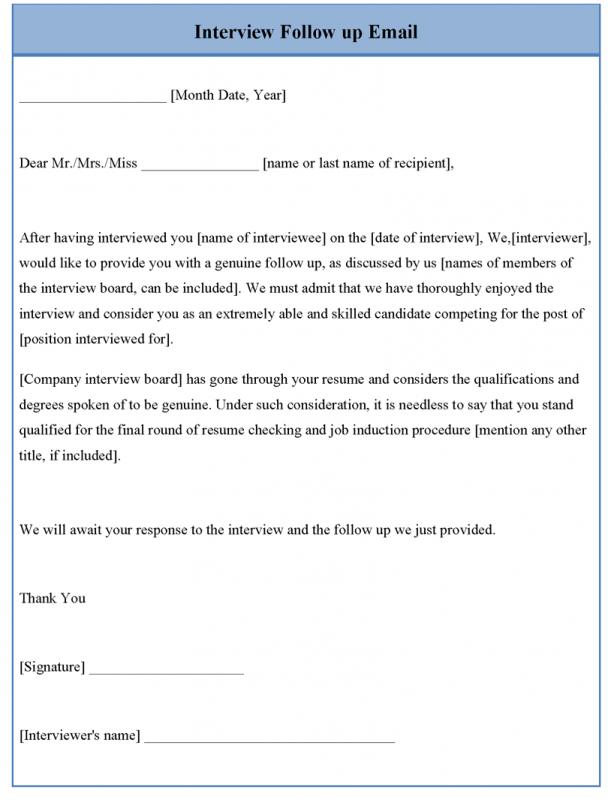

You must capture your recipient’s interest without coming across as overly aggressive when writing a follow-up email subject line. 9 Tips to Apply When Writing a Follow-Up Email Subject Line You can start by using Steli’s suggested schedules and slowly transition to your own schedule after performing A/B testing.

So make sure you’ve established prior contact before sending an email, so they’d prioritize your email.Īlso, take note that despite the effectiveness of the above-given schedule, it’s always best to experiment and find a schedule that works best for you and your target audience. Your recipients receive dozens of similar emails every day. This is to give prospects enough time to make a decision or change their mind. If you’re going to send the 6th follow-up email, you should do it a month after you sent the 5th email.Īs you can see, the waiting period increases after each follow-up. Steli Efti of Close CRM suggests this schedule of follow-ups: But if you’re planning to send multiple follow-ups, you should extend the wait period after each follow-up email you send. When to Send Follow-Up Emails to ProspectsĪ follow-up email should be sent within three days. Your email body should be consistent with what’s written on your customer follow-up subject line. Once you do, they won’t trust you and mark your emails as spam. But make sure you don’t use false curiosity. In the follow-up email subject line, you should emphasize “30% increase in profits.” Here are two qualities that make a great sales follow-up email subject line: 1 Benefitīe specific with what your prospects can gain by opening your email.įor instance, you’re offering a new legal way that can potentially boost your recipients’ profit by 30% if they read your email.

They want something interesting - not boring descriptions or summaries of your offer. Let’s face it: your prospects aren’t interested in engaging with a boring follow-up email subject line. What Makes a Great Sales Follow-Up Email Subject Line?


 0 kommentar(er)
0 kommentar(er)
